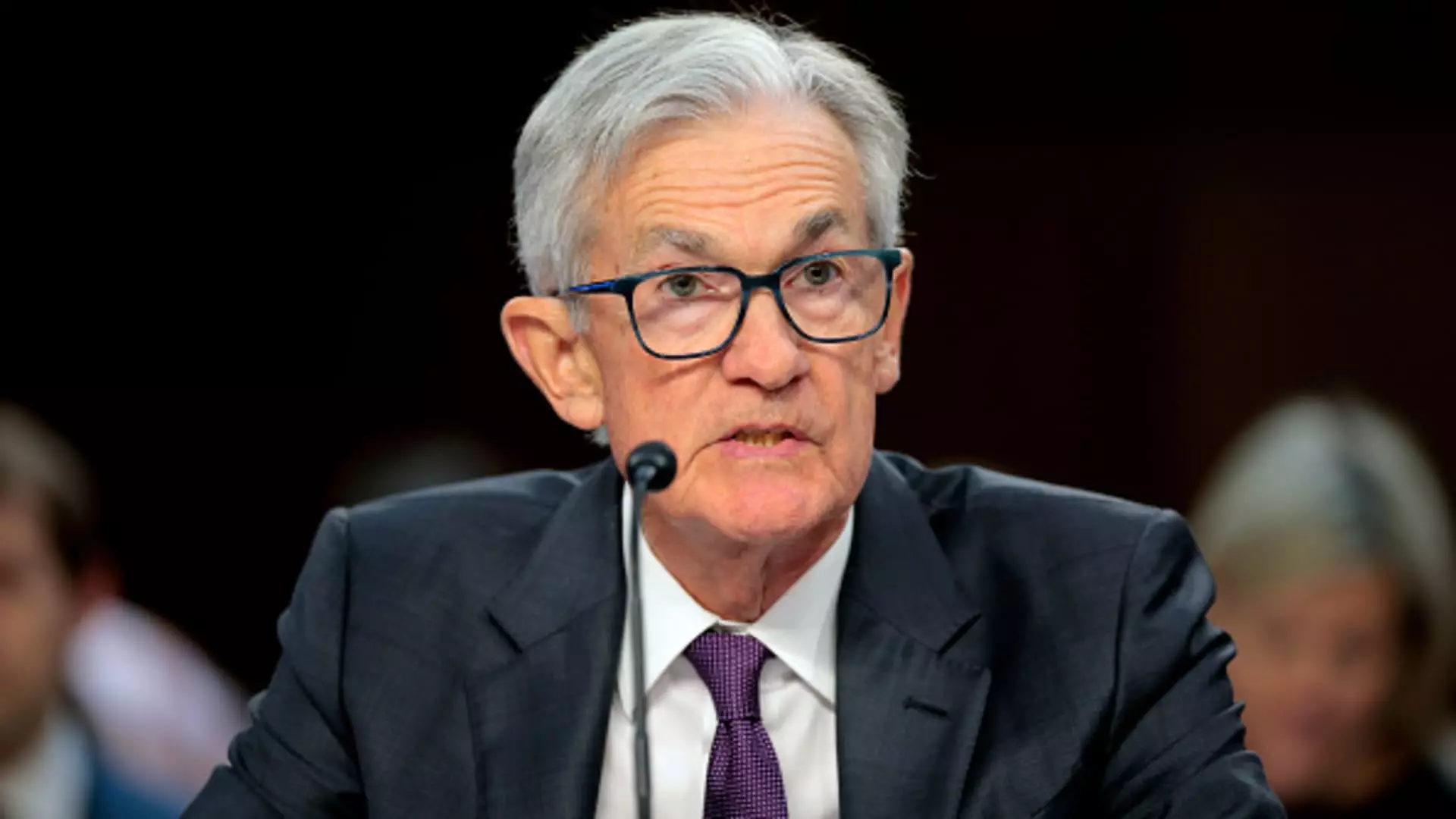Recent findings from the March CNBC Fed Survey have unveiled a stark shift in economic sentiment among financiers and analysts. The probability of a recession has been adjusted to a concerning 36%, marking a notable increase from 23% just two months prior. This heightened fear reflects growing apprehension surrounding the economic policies enacted during the Trump administration, with tariffs taking center stage as the principal concern. Rather than the looming specter of inflation, which once had economists on the edge of their seats, tariffs are increasingly recognized as the foremost menace to economic stability in the United States.
This dramatic shift is not just a matter of numbers; it encapsulates the profound unease prevailing in the financial landscape. There is a palpable sense among investors that the bold ambitions of the Trump agenda—particularly in terms of trade—are veering off course. Barry Knapp of Ironsides Macroeconomics pointedly notes how discussions have shifted from optimism to anxiety, signaling a fear that the nation’s economic fundamentals could be seriously jeopardized.
GDP Forecasts and Fading Optimism
The survey results indicate a downward revision of the GDP forecast for the upcoming year; expectations have plummeted from an encouraging 2.4% in January to a stark 1.7% for 2025. This notable decline signifies a significant break from the previous triad of growth revisions, signaling a shift in the economic waters. With predictions suggesting only a slight bounce back to 2.1% in 2026, which aligns with earlier forecasts, the current sentiments may very well hint at an extended period of economic stagnation.
Neil Dutta of Renaissance Macro Research rightly reflects concerns regarding consumer spending, which now appears precariously tilted towards declining trends. With state and local governments tightening their belts and a housing market that remains frozen, the potential for significant downturns in GDP projections looms large. These realities form the backdrop against which the Federal Reserve must now consider its next moves.
The Fed’s Dilemma: Rate Cuts Amid Uncertainty
Amid this tumultuous landscape, an overwhelming seven out of ten respondents anticipate that the Federal Reserve will opt for at least two rate cuts this year. However, this expectation is convoluted by the specter of prolonged inflation. The peculiar situation is that while many believe tariffs will induce temporary price spikes rather than trigger widespread inflation, the narratives differ significantly among financiers. Over 19% of respondents assert that the Fed may not cut rates at all, highlighting a wider range of opinions than typically observed.
Peter Boockvar of Bleakley Financial Group captures the precarious position of Fed Chair Jerome Powell succinctly. The lingering effects of tariffs complicate policy-making decisions substantially. If Powell reacts to economic growth concerns spurred by tariffs with rate cuts, but the tariffs are subsequently lifted, it could be perceived as a premature action, leading to further chaos.
The Detrimental Effects of Tariffs
The irony is palpable: more than 70% of respondents assert that tariffs are detrimental not only to inflation and job creation but also to overall growth. A considerable faction acknowledges a possible decline in U.S. manufacturing as a direct result of these tariffs. Meanwhile, attitudes vary, with about 37% of participants suggesting that tariffs might foster greater manufacturing output—underscoring the complexity of the economic landscape.
Mark Zandi, chief economist at Moody’s Analytics, captivates the overarching narrative surrounding these tariffs. He suggests that a combination of a global trade war, erratic employment policies, and governmental dysfunction could possibly send the economy into a downturn—putting into jeopardy what has thus far been a commendable economic performance.
The sentiment is starkly clear: while tariffs may be presented as necessary for national interests, the ramifications of such protectionist measures could far outweigh any anticipated benefits. As long as economic policies continue to provoke uncertainty and instability, the risk of recession remains a shadow lurking over precariously optimistic projections. The dialogue engendered by these findings revolves not only around numbers and forecasts but the tangible impact on livelihoods, growth, and the collective economic wellbeing of the nation.

